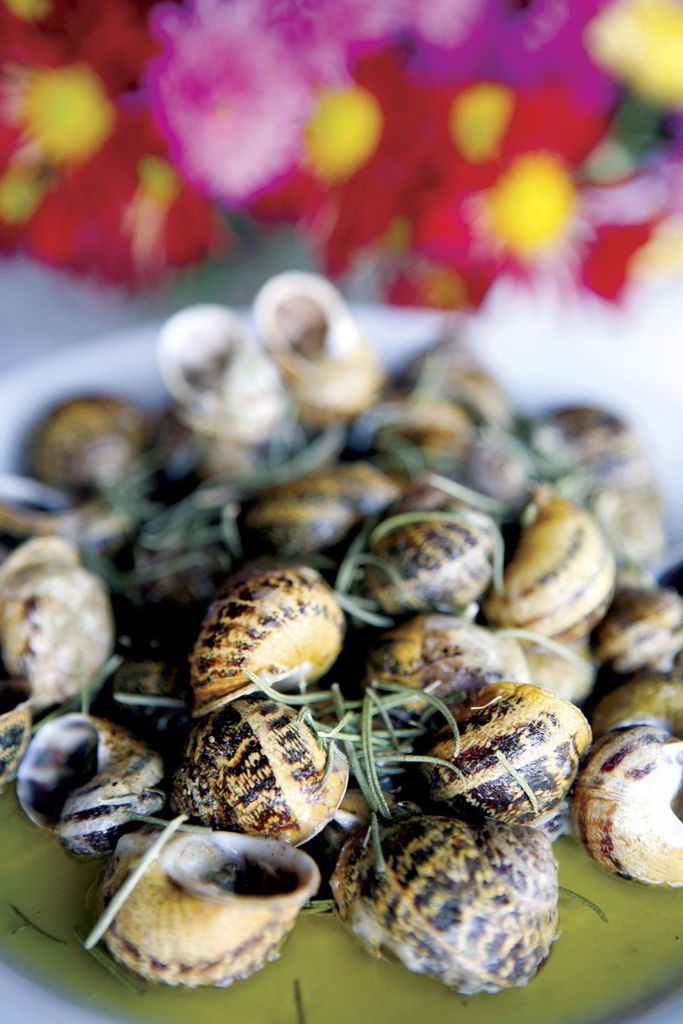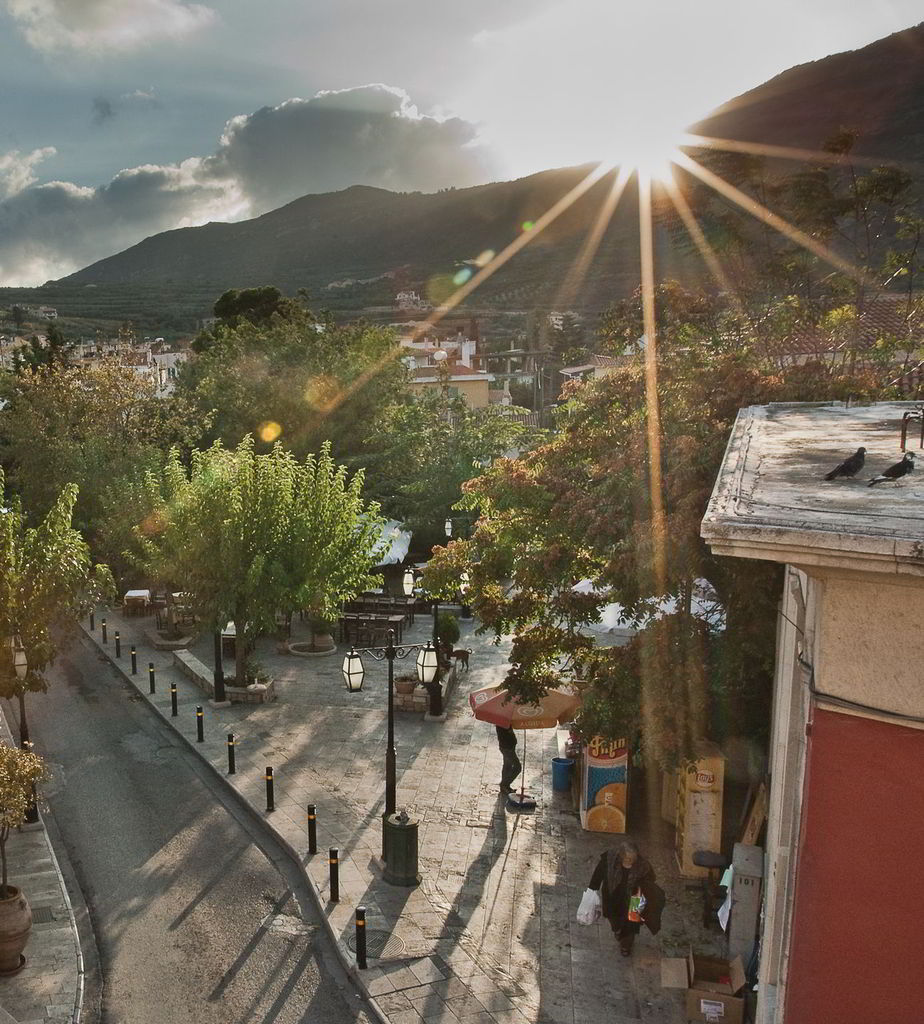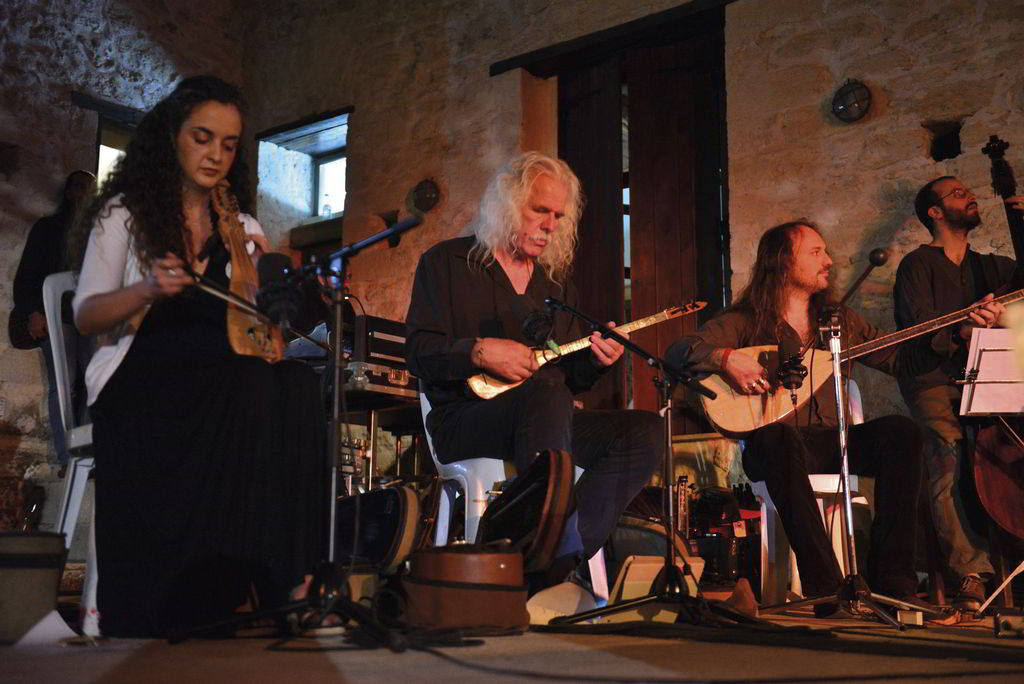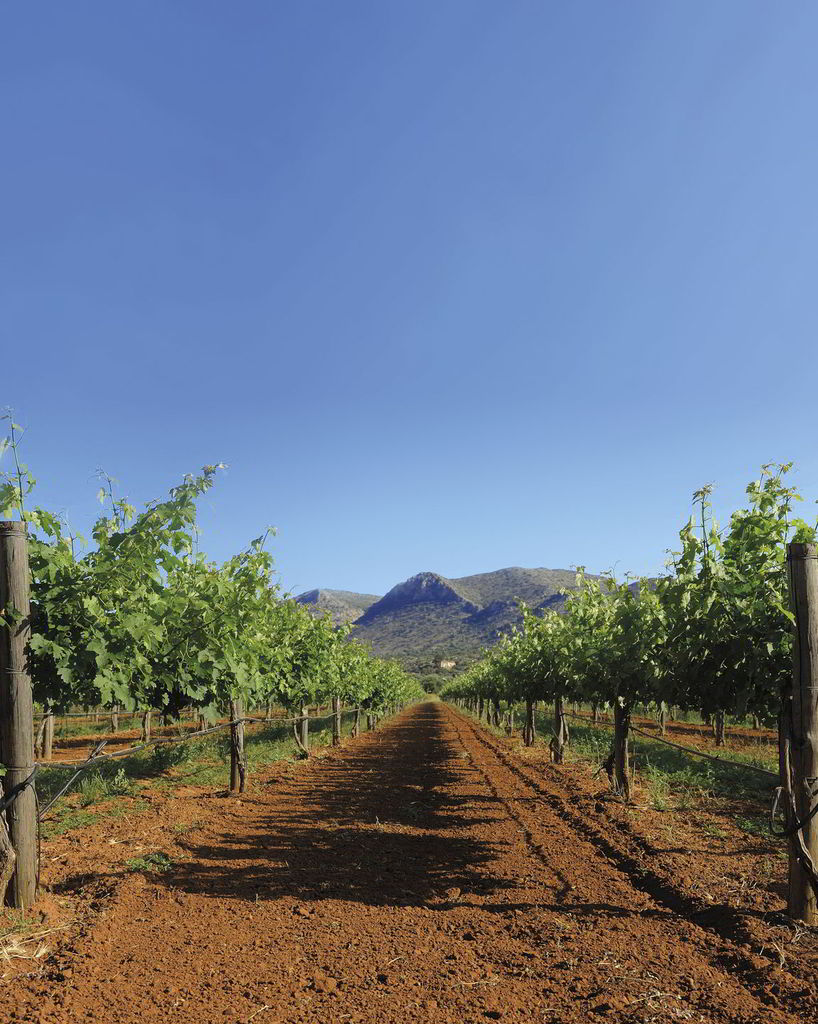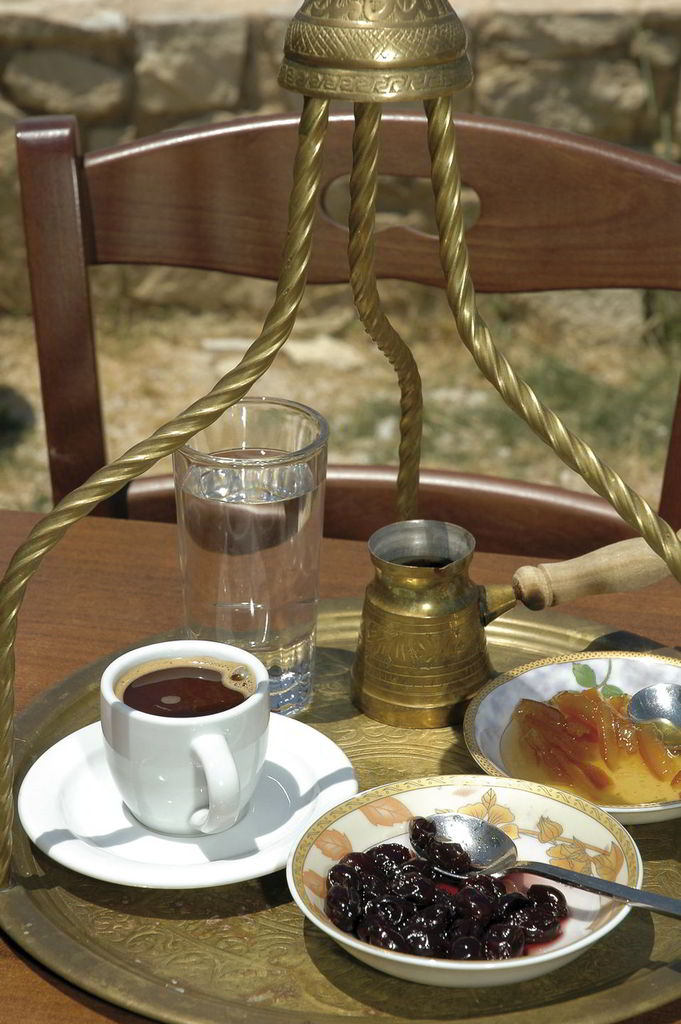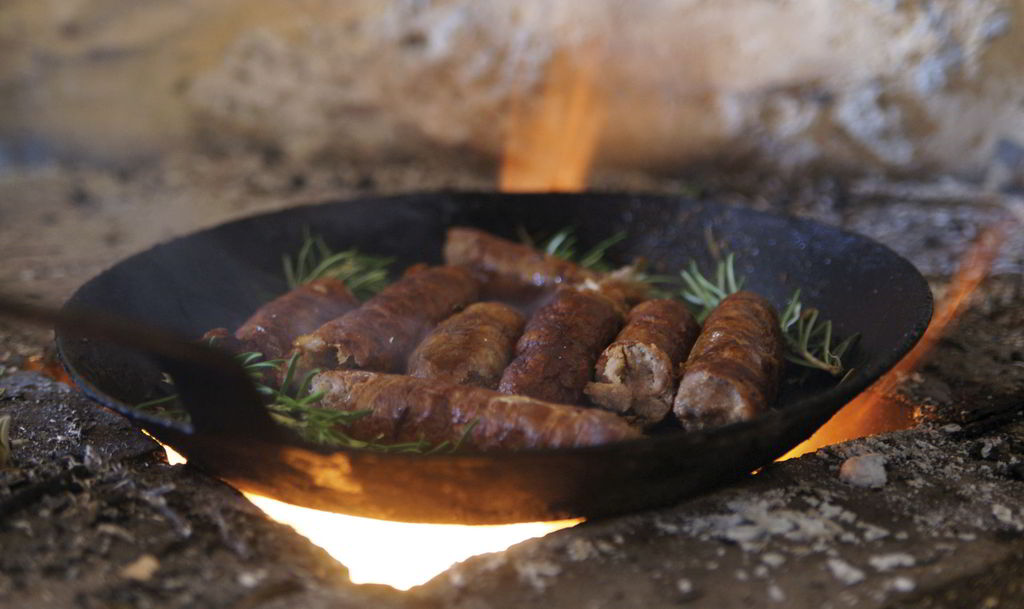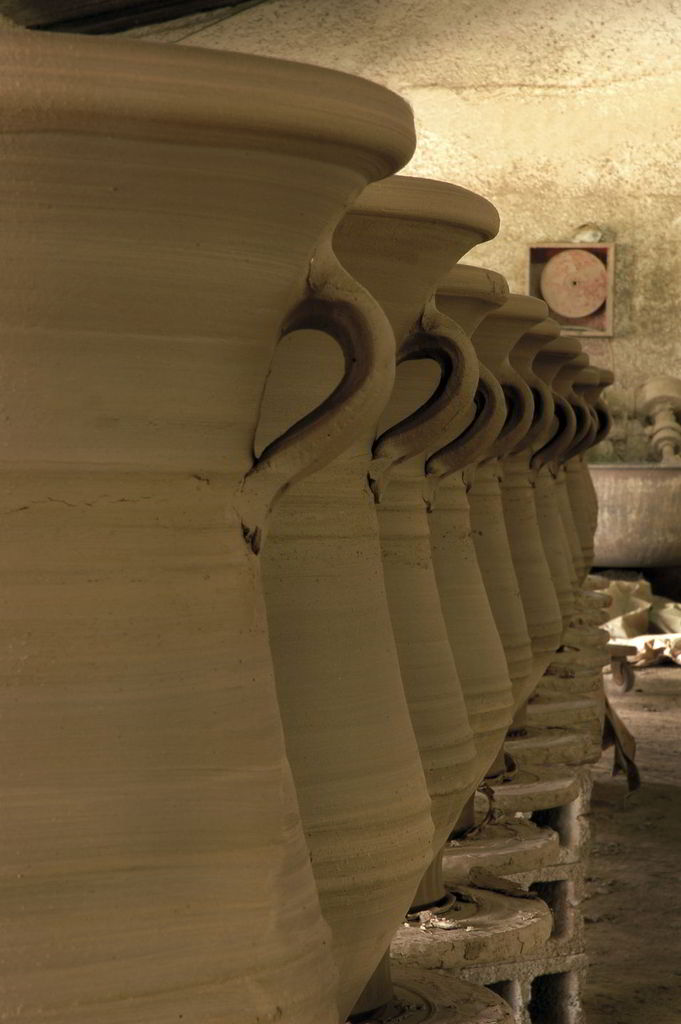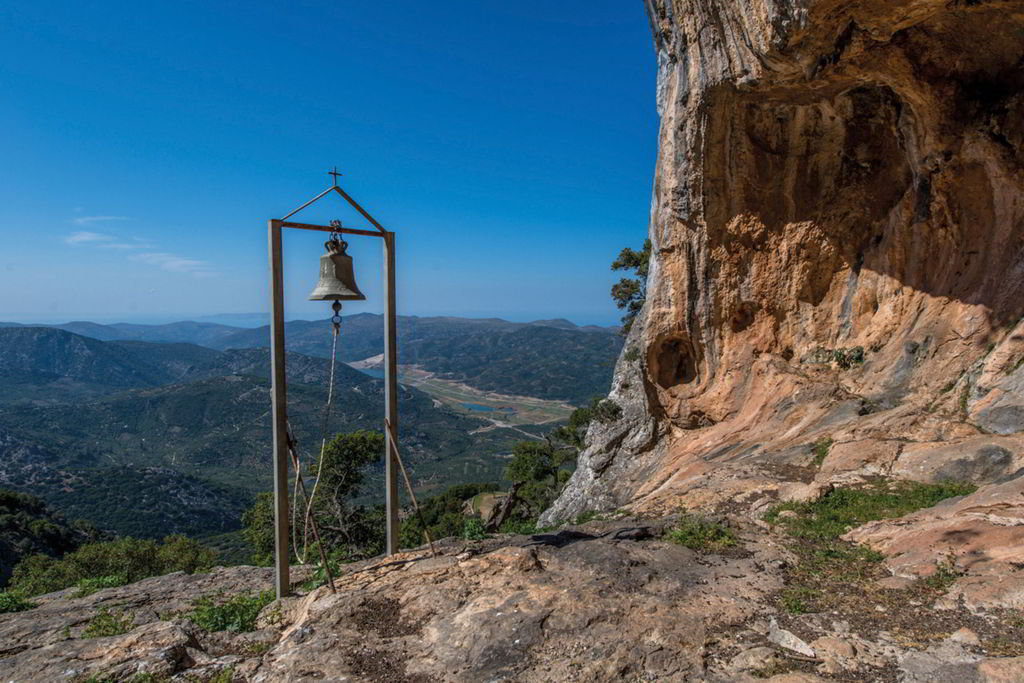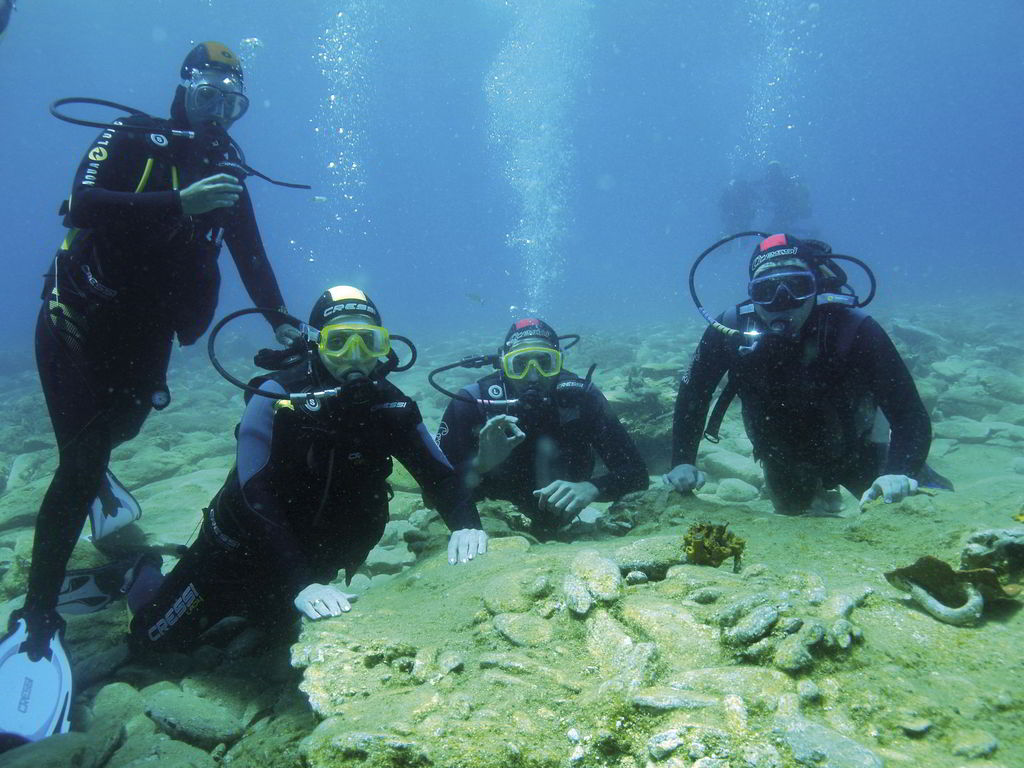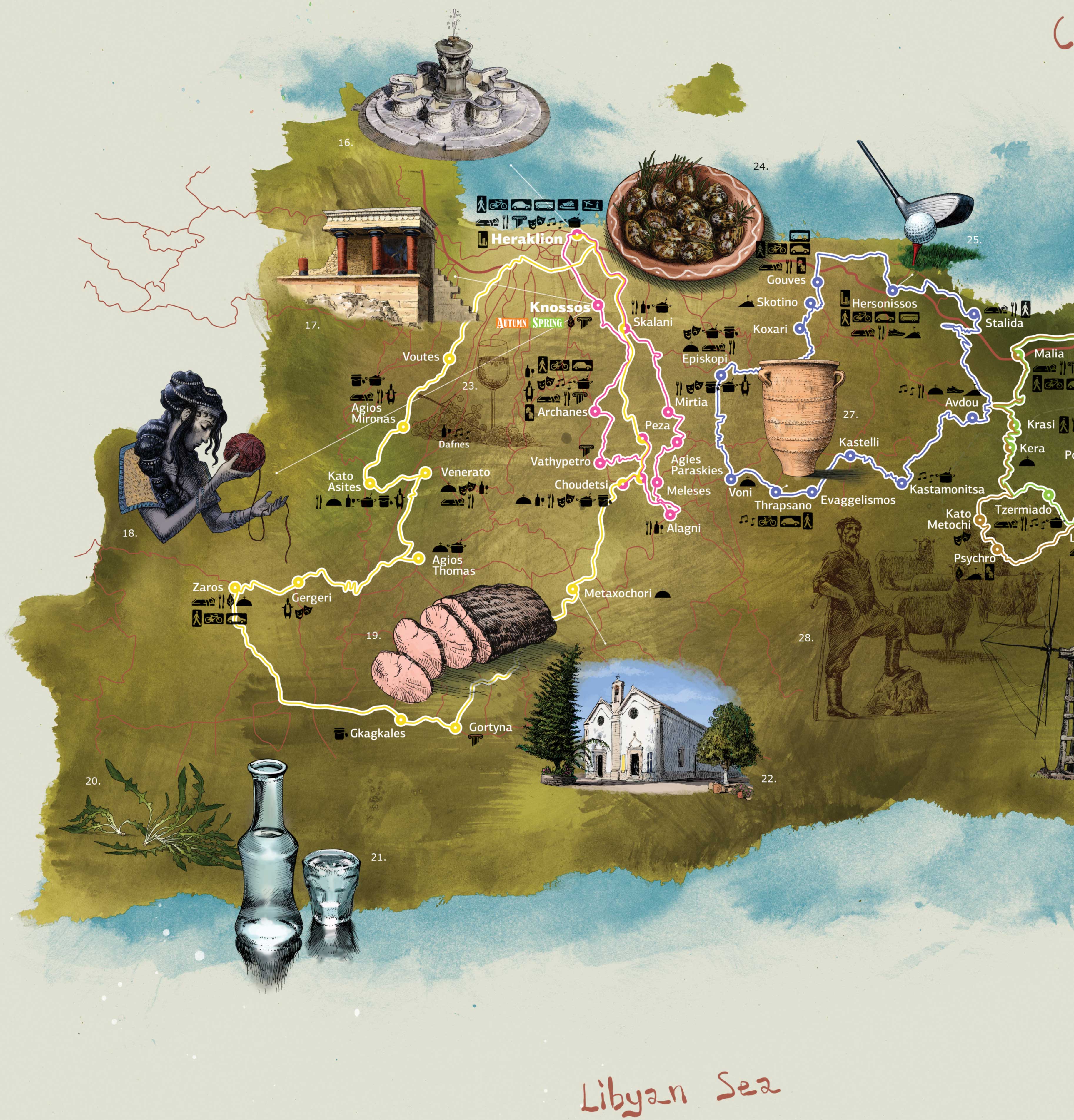



- Route 1
- Route 2
- Route 3
- Route 4
- Route 5
- Route 6
- Route 7
- Route 8
- Route 9
- Route 10
- Road
- Region Boundaries
- Accommodation
- Gastronomic Centre Restaurants-Taverns
- Winemakers
- Campsite
- Thermal springs & Spa Centres
- City
- Village
- History and Culture
- Folklore Cultural Events
- Country
- Sports & Recreation
- Ski resorts
- Tour guide needed
- Archaeological Sites & Monuments
- Natural Environment
- Church
- Female Cooperatives
- Plants local delicacies
- Local Products & Recipes
- By Foot
- By Car
- By Bicycle
- By Bus
- Port
- Railway Station
- Airport
- Seniors
- Families
- Youth
- The whole year
- Best Month
- Best Season
Heraklion is the capital city of Crete, the largest port and one of the most visited airports in the country with direct flights from many parts of the world. The prefecture of Heraklion has a unique natural environment, rich in contrasting landscapes and natural beauties. The high mountains of Idi (west). of Diktis (east) and Asterousion (south), interspersed with low hills and large plains, such as the Messara, meet with the crowded sandy beaches of the north and the picturesque, untouched coves of the south.
Traditional villages in the hinterland of the county, with architectural beauty, combined with the natural landscape and farmland waiting to be discovered.Walk the paths of King Minos and let the archaeological and historical sites turn you in historic and mythical times. Follow the roads of wine and enjoy exceptional quality Cretan wine with a long tradition. Meet the famous Cretan diet and try as many local dishes as you can, based on olive oil, pulses, vegetables, herbs, local cheeses, charcuterie and much more... Do not resist to a raki in a traditiona café or tavern, accompanied by appetizers or sweets or by the sounds of a Cretan couplet “Mantinada”.
ROUTES
Minoan Paths
Starting from the city of Heráklion, head south to meet, on top of the Kefála hill, ancient Knossós, the largest and most brilliant centre of the Minoan civilisation, which should undoubtedly be the first stop for every visitor of the island.
After completing your tour of Knossós, head to the picturesque hamlet of Archánes, built at the foot of mount Yúchta, sporting traditional architecture and having been awarded a European Prize for its restoration works.
Walk the picturesque and labyrinthine alleyways; admire the remarkably well-preserved neoclassical buildings; visit the Archánes archaeological site, the Folklore Museum, the Museum of Cretan History and Tradition; the sculptor’s workshop, the restored olive oil production factory, as well as the Church of the Virgin of Archánes, where you may admire on display religious icons and invaluable church vessels.
You may acquaint yourselves with the local cuisine by visiting one of the many traditional tavernas, while a stop at the women’s cooperative offers itself for tasting and purchasing traditional delicacies, spoon sweets (conserves), jams, rusks, etc.
The route continues south and, at a distance of 5km from Archánes, you will come across the settlement of Vathýpetro and make a stop at the Minoan Mansion, where a wine press was discovered, alongside an olive press installation and pottery workshops.
Continuing your course to the south-east on the Knossós - Chárakas provincial road, you come up to Choudétsi.
Near the village, you may visit the local winery and tavernas serving local culinary delights.
You should really make a stop at the very well-known and prolific “Labyrinth” Music Workshop that performs and promotes music from all over the world.
Moving just outside the settlement and crossing a verdant, 500m-long path, you discover, hidden in one of the sides of the Spiliótissa ravine, the monastery by the same name.
Your next stop is the Kalloní settlement, which is the base of the Union of Agricultural Cooperatives of Pezá that produces exquisite quality olive oil and wine (PDO).
There is also a museum that shows short films promoting the process of olive oil and wine production.
Leaving Pezá, moving to the south and through the village of Melésses, you reach Alágni for a stop at yet another winery.
Your journey continues uphill to Melésses and Ágies Paraskiés until you reach Myrtiá, where everything bears testimony to the presence of the great Cretan littérateur Nikos Kazantzákis.
You should definitely visit the Nikos Kazantzákis Museum, which is one of the very few literary museums in Greece.
The village sports a traditional product workshop and we suggest that you have lunch here, as you will find many tavernas that offer well-prepared Cretan delicacies.
You should try boubouristi chochlii (snails local recipe), the famous koukouvágia or dákos, the world renowned boiled Cretan gamopílafo, stamnagáthi, chortópita, dolmádes and, for dessert, fried myzíthra cheese pies with honey, accompanied by cool rakí.
Completing your tour, you pass through one of the most traditional Cretan vineyards, and reach the village of Skaláni in order to visit yet another winery, while food lovers are presented with a variety of local traditional tavernas and gourmet restaurants to choose from, for a gastronomical journey across Crete, enjoying unique tastes and combining tasty, aromatic wines produced in the surrounding areas.
The route comes to an end back in the city of Heráklion, where you must make some time to visit its numerous cultural treasures...
The Blessed Land
Starting from the city of Heráklion, follow the road to Kroussónas and make your first stop at Ágios Mýronas, a beautiful traditional village where the local women’s rural cooperative gives you an opportunity to see and become acquainted with the way local delicacies and confectionery are prepared.
Carrying on southwards, you come across Káto Asítes where you may stop to rest at the church of Ágios Geórgios Gorgolaínis, in a lush location. If you’d like to experience the world of wine, visit the village winery and if your desire is to sample the local products and tastes, swing by the women’s cooperative. Here you will find authentic Cretan food and traditional dishes, such as meat plates cooked in a wood-burning stove, pasta with anthótyro, sfougáto with hórta (greens), Cretan sausage, asitianés agnópites, etc. Going back on the Agía Varvára-Ágios Mýronas road, you reach Áno Asítes that sport several sights worth seeing, including the Nychteridóspilio (Bat-cave), one of the four most important caverns of Mount Psilorítis containing bat nests and the imposing ravine of; Agios Charálampos, which is crossed by the E4 European Long Distance Path.
Continuing to the south-west, you will go through the village of Kerásia with its winery which you may visit and afterwards you will come across Veneráto, where it is worthwhile to visit the Palianí Monastery and its museum, where you may admire religious icons, sacred relics and books of great historical and archaeological value.
Carrying on to the north, you shall meet the village of Dafnés, which is celebrated for the production of high-quality wine (PDO), where you may visit the local winery and learn everything about the wine-making procedure and taste delectable wines.
Moving on to the south, you will come across Ágios Thomás, an impressive mountain village, where it is worth your time to wander around and see the byzantine churches and their unique stone-carved winepresses. Leaving Ágios Thomás, head south-west, towards the village of Gérgeri and visit the small museum of natural history, the watermills and the local women’s cooperative.
The course continues westwards towards Zarós, a settlement renowned for its waters and vegetation, with various agrotourism accommodation infrastructures that make a stop here for a hike almost imperative. Don’t forget to visit the stunning lake Votómou, as well as the Roman Aqueduct ruins, located nearby.
Try the local specialty, which is none other than trout from the lake fish farms. If you’d like to wander in nature and walk, right next to the Zarós lake lies the entrance to the gorge of Ágios Nikólaos, which you will reach after approximately 1.5 hours of hiking on a well-organised path. Leaving Zarós and going on the Górtyna-Zarós provincial road, you will cross the villages of Ampeloúzos, Ágii Déka and Gagáles with their pasta factory and reach Górtyna, in order to visit the archaeological site.
Afterwards, head to Loúres; cross the Ágios Thomás - Loúres provincial road, go past the settlements of Kastélli, Voriás, Madé, Charáki and through the Melidonochóri - Moní Epanosifíou provincial road to reach Metaxochóri, where its worth your while to visit the Epanosífis Monastery and have a rakí at one of the village’s traditional cafés. After that, move on to the north, on the Knossós-Chárakas provincial road, until you come to Choudétsi.
Seeking the experience
The starting point of this route is the tourist resort of Hersónissos. Follow the old Ágios Nikólaos - Heráklion national road and head for the seaside settlement of Goúves, where you may swim and engage in sea sports at the local beaches. Don’t forget to visit the nearby “Thalassókosmos” (Sea World) in Goúrnes, one of the largest aquariums in Europe.
Following the Goúves - Kóxari provincial road, you will go through the Epáno Goúves and Skotinó settlements to visit the cavern of Agía Paraskeví, where tradition has it that the ancient Greek goddess Artemis was worshipped.
It is one of the most important worship caves in Crete, where you may enjoy the impressive stalagmite and stalactite formations. The route takes you south-east, past the settlements of Vóros and Harasó from where you may follow the Kaló Chorió - Galífa provincial road, through Galífa and on to Episkopí, a prominent agricultural centre in the area.
You absolutely must make a stop and visit the impressive byzantine churches with their unique frescoes and the Ethnological Museum of War in Argyrákion.
Episkopí offers itself for food and you shouldn’t forget to taste their succulent hand-made sausages. Moving further south-east, on the Episkopí - Moní Agkaráthou provincial road, you will come to the Sgourokefáli settlement. Make a stop and visit Moní Agkaráthou, one of the most remarkable monasteries in Crete with a longstanding scholarly tradition.
Next, take the Vóni - Kastélli provincial road and head for Thrapsanó, one of the most important centres of traditional pottery on the island, where you will have the opportunity to visit the villages’ pottery workshops and experience first-hand how ceramics are made, as well as acquire some clay vessels from the huge variety that they have to offer.
If you are true nature lovers, you may visit Liváda, the beautiful little lake that is by now a well-established destination for bird-watchers, especially in the moving seasons of migratory birds.
The course takes you to Kastamonítsa, where it is worth your while to make a stop and taste the succulent eftázymo bread, for which a festival is organised every August.
Move north-east and head for the Avdoú settlement, where you may visit the Agía Fotiní and Agía Ánna caverns, take a stroll in the settlement and see the byzantine churches.
For nature aficionados, there is the option to go on horseback riding or bicycle, while for the more adventurous who wish to admire the view from above, there is a paragliding and hand gliding launch.
If all this activity has made you hungry, you may find deliciously-cooked food at the village tavernas, while the beautiful traditional cafés offer themselves for relaxation.
Then you will move east and, after passing the village of Goniés, you take a left turn into the village of Mohós with the impressive central square and countless tavernas and traditional cafés -an ideal place to rest.
Continuing northbound, and before the route reaches the seaside settlement of Stalída, make a stop to gaze at the beach and marvel at the Cretan Sea. Stalída offers itself for swimming and other sea activities. You may also embark on a caïque and visit the islet of Día.
The route nears its end through the traditional settlement of Koutouloufári that is ideal for a romantic walk down its picturesque cobblestone alleyways.
If your heart desires to sample Cretan delicacies, all you have to do is pick one of the village’s many tavernas.
The route comes to an end back in Chersónissos, the well-organised northern beach tourist resort, where you may find tavernas, cafeterias, souvenir shops, accommodation, car and bike rentals, camping sites, etc.
If you are a golf lover, you may visit the Crete Golf Club with its 18-hole course for beginners and experienced players alike, while you may also go on horseback riding, go for a swim in one of the blue flag award-winning beaches, as well as take some time for wellness and relaxation at one of the local spas, etc.
